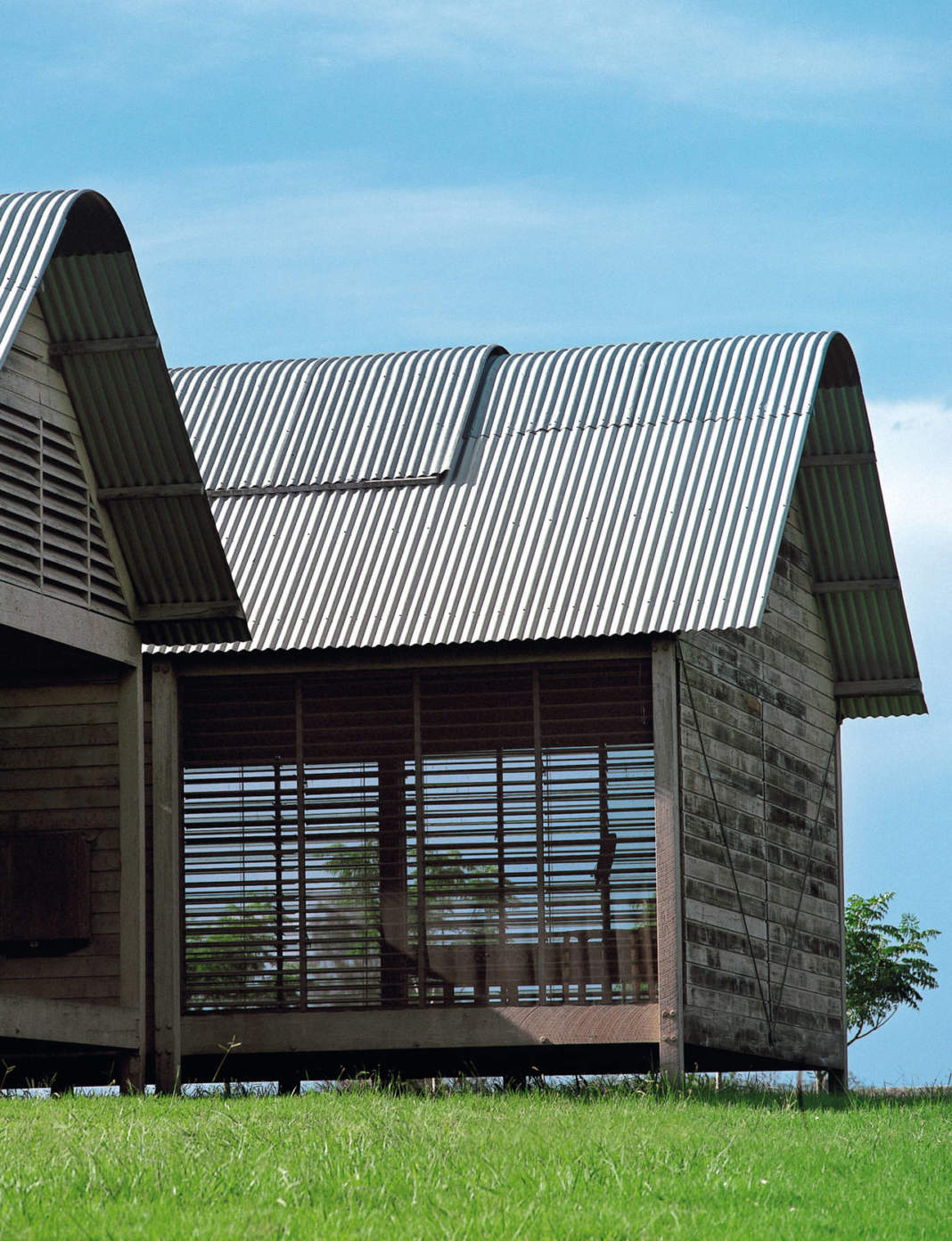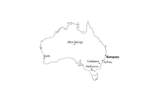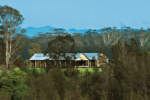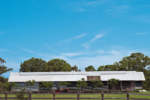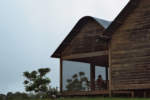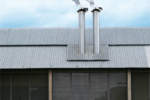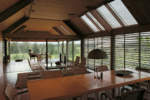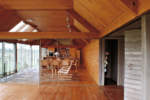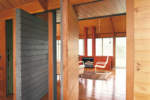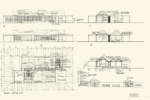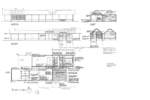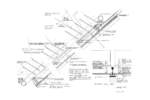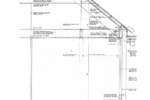architect: Glenn Murcutt
location: Kempsey, New South Wales
year: 1980
The house designed for Marie Short on an estate not far from Kempsey undoubtedly represents a turning point for the architecture of Murcutt. It is, in fact, the first house designed outside the Sydney area, with close ties to the open landscape. The project bears witness to a partial emancipation from the Miesian models which had characterized his previous works, and the development of new themes associated with the relationship between building techniques environmental issues. Murcutt managed to convince his customer to build a new building after having worked on the possible adaptation and expansion of an old farmhouse from the last decade of the Nineteenth century. He succeeded in doing so by reducing costs to a minimum, by using end-of-line materials which the customer had collected over several years, recovering them from the old nearby wood industries and by using readily available industrial components. The final result is an architectural synthesis derived from traditional forms of Australian rural architecture, adapted to the problems associated with the harsh climate and environmental difficulties. In fact, the building is raised eighty centimetres from the ground to keep wild animals out, to guarantee the necessary ventilation in a damp climate and to protect the house from the seasonal floods of the nearby Maria River. The elevations are characterized by the slats in cedar wood which makes the walls seem dematerialized, and let light through, accentuating the rhythm of the frames. But the truly innovative element as compared to his previous houses is the studied use of corrugated metal, whose expressive and constructive potential has been fully exploited. In fact, the roof is a combination of elements folded in such a way as to make air flow into the interior. “The house works like a yacht”, said Murcutt, and the air flow may be controlled by alternately opening and closing the triple skin, used here for the first time. The house is conceived like two symmetric, shifted pavilions, one housing the living area and the other the bedroom area. This subdivision was lost when Murcutt bought the house. Expanding the pavilions with three modules to meet the needs of his family, he has made the wings more independent, changing the initial functions.


